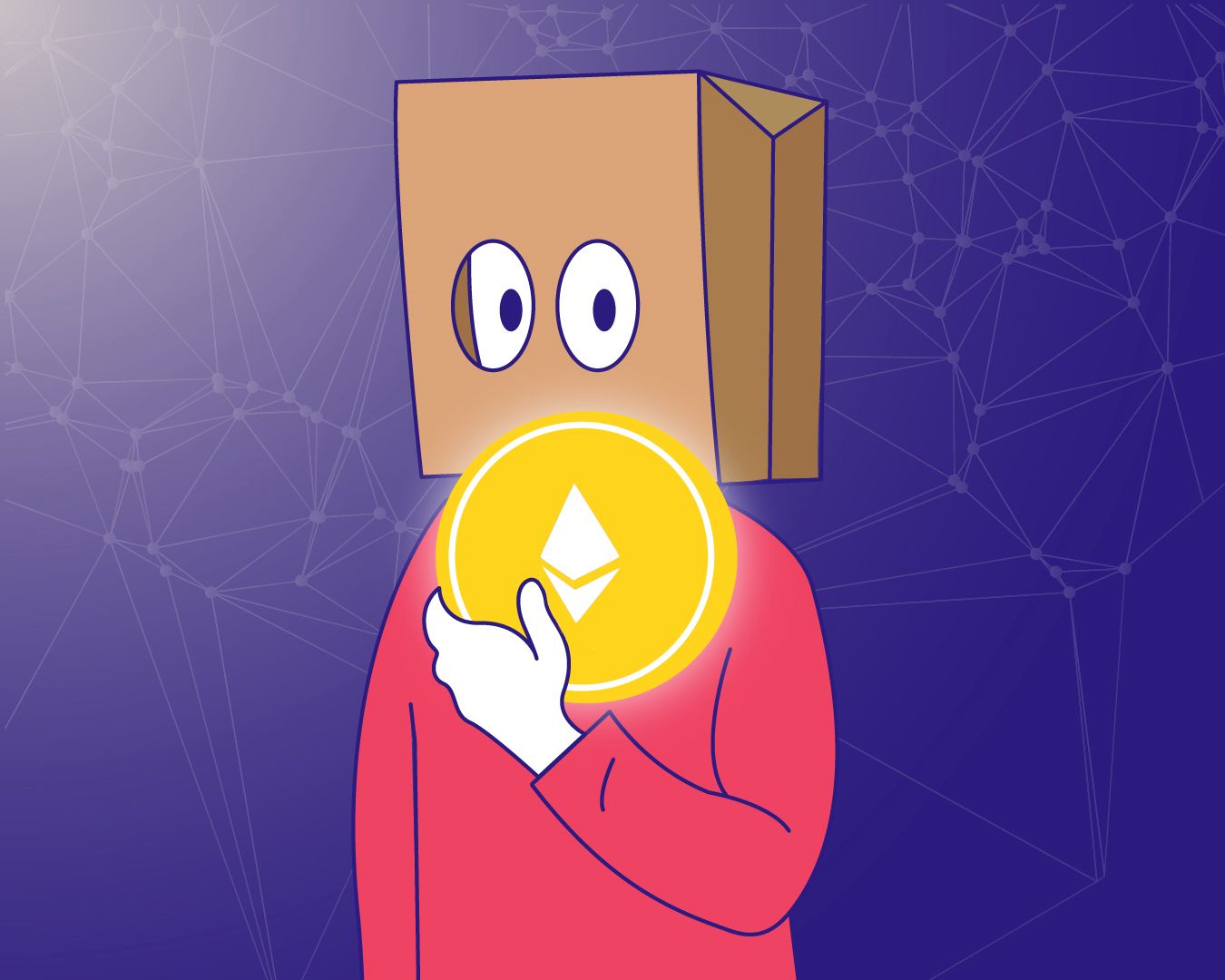As Ethereum is currently positioned as the second biggest cryptocurrency by market cap, the sometimes lesser known Ethereum Classic sits just outside of the top 20. Here we’re going to explore the project, looking at its history and how it came to be, as well as the difference between Ethereum and Ethereum Classic.
What Is Ethereum Classic?
Sharing its origin story with Ethereum, Ethereum Classic (ETC) was created by Vitalik Buterin and several co-founders. Launched in 2015, the network provided developers with a platform on which they can create decentralized apps (dapps) as well as smart contracts. A first of its kind, Ethereum offered users the chance to broaden the blockchain ecosystem through dapps built on the platform.
Ethereum Classic is the original Ethereum blockchain that remained after a split in the network following a community dispute. In 2016, a hacker identified a weakness in the code and stole $50 million worth of ETH. Due to the nature of the hack, the funds would only be released 30 days later, giving the community and project leadership time to decide what they wanted to do.
The community was torn over whether they should reverse the transaction and disregard the block with the hack on the blockchain, or whether the hacker should get away with it. The Ethereum community ultimately decided to implement a hard fork on the network one block before the hack which would return the stolen funds back to their rightful owners. The new chain was titled Ethereum, using ETH to fuel the network, while the initial chain was renamed Ethereum Classic, using ETC as the native token.
The Ethereum Classic community felt that reversing the transaction went against the decentralized and immutable nature of cryptocurrencies and blockchain, and have remained loyal to the network since then. The platform sticks to its motto: Code is Law.
The Difference Between Ethereum And Ethereum Classic
The networks are relatively similar in that they both offer a decentralized blockchain platform on which developers can create dapps and smart contracts. The biggest differences is the amount of coins each network has and the consensus algorithms.
Ethereum Classic has a maximum supply of 210,700,000 ETC, with roughly 55% of this in circulation already. Ethereum on the other hand has an unlimited supply of ETH and is currently in the process of moving to a proof of stake consensus (known as Ethereum 2.0). Ethereum Classic uses a proof of work consensus, with no intention to change this.
Another aspect in the difference between Ethereum and Ethereum Classic is investor confidence. During the ICO boom in 2017, Ethereum was a trusted platform on which many companies created their tokens. The project has continued to hold investors trust, as indicated by the large market cap it holds. Ethereum currently makes up 17% of the cryptocurrency market.
Ethereum vs Ethereum Classic
When looking at the two networks its important to remember that this split was one of the biggest events to happen in crypto history and was a hotly debated topic at the time. The controversial decision drew a definitive line in the sand, with each community avidly standing behind the network they sided with.
When pitted next to each other it is clear that Ethereum has the upper hand. At the time of writing, Ethereum is ranked as the second biggest cryptocurrency while Ethereum Classic is the 23rd biggest. The creator, Vitalik Buterin, stayed in charge of the Ethereum network, which also has the backing of the Enterprise Ethereum Alliance, an organisation made up of over 200 companies (members including the likes of Citigroup and JPMorgan).
How To Buy Ethereum Classic
Costing a fraction of the price of Ether, users can buy Ethereum Classic through Oobit. Simply log in and select the Prices option in the left hand menu of the dashboard. Scroll down to the Ethereum Classic option and select Buy. You can then indicate how much you’d like to buy, and which convenient payment option to use.
________________________________________________________
Oobit Technologies Pte, 50 Raffles Place #37-00 Singapore Land Tower, Singapore (048623). is a company registered in Singapore (no:201716443G), that has been approved as Appointed Representative of Oobit Technologies OÜ, Harju maakond, Tallinn, Lasnamäe linnaosa, Väike-Paala tn 2, 11415, (no: 14852617 ). Which is authorized and regulated by the FIU (no: FVR001421 and FRK001304).
